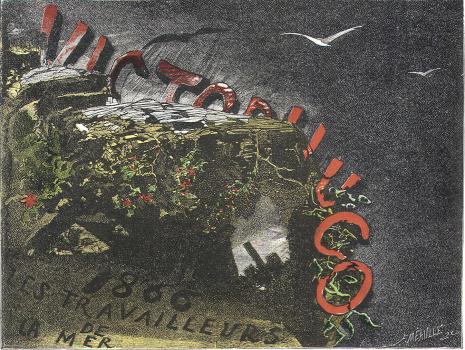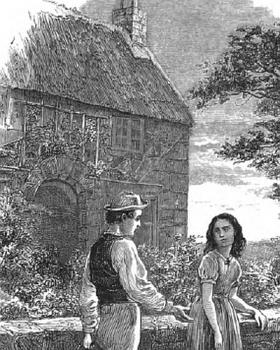Times Past, by Carel Toms
'In Guernsey, Alderney, Sark, and Herm.' A list of the chapters and personalities in this book, published in 1985; taken from his 'journalistic and photographic efforts of the last 30 years.' Many of these photographs are in the Library's Carel Toms Collection; please inquire for further information.


